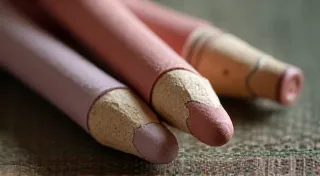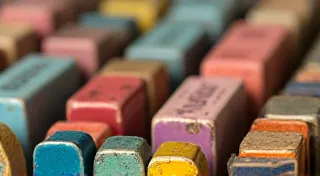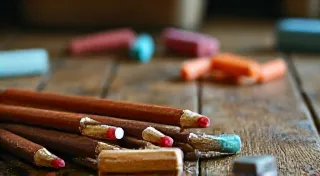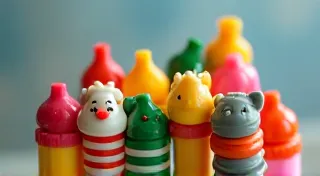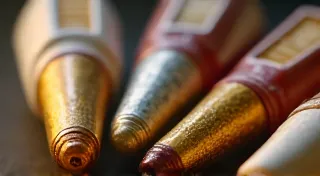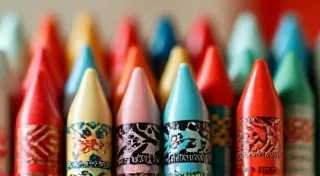Collecting Novelty Erasers: Clown, Character & Cartoon Erasers
Welcome to the wonderfully quirky world of vintage novelty erasers! While many collectors focus on rarer, more utilitarian erasers, there’s a uniquely charming appeal to collecting those shaped like clowns, cartoon characters, and other whimsical figures. These aren't just tools for correcting mistakes; they're miniature works of art and delightful relics of childhood nostalgia. This guide will explore the trends, appeal, and rarity of these fantastic collectible stationery items, focusing on the most sought-after examples.
The Rise of the Novelty Eraser
The rise of novelty erasers is intrinsically linked to the evolution of manufacturing techniques and changing consumer preferences. Early erasers were largely functional – rectangular blocks of rubber or rubber compound. As the 20th century progressed, advancements in molding and die-casting technology allowed manufacturers to experiment with more elaborate shapes. The post-war era, in particular, saw an explosion of creativity, fueled by the burgeoning children's entertainment industry and the desire to inject fun into everyday school supplies.
Think about the impact of cartoons like Felix the Cat, Mickey Mouse, and later, characters from Disney's animated classics. These popular figures readily translated into eraser form, instantly boosting their appeal to children (and, eventually, collectors!). The desire to be unique and express individuality also played a role. A child showing up to school with a clown eraser, a dog eraser, or an airplane eraser was a statement – a little touch of personality.
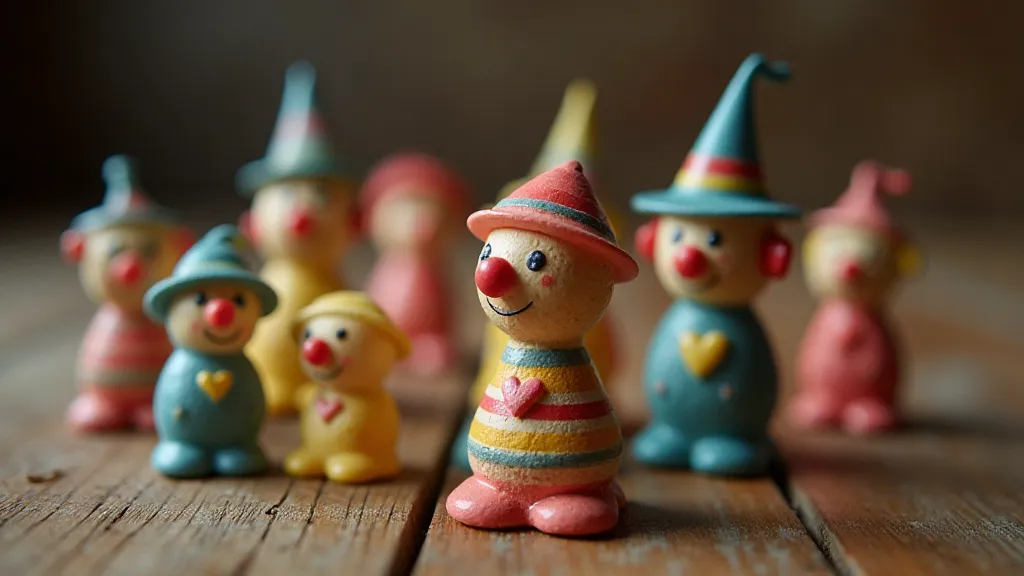
Popular Eraser Characters & Trends
Let’s delve into some of the most beloved and sought-after novelty eraser characters and trends:
Clowns: A Circus of Collectibles
Clown erasers are arguably the most iconic and prolific of the novelty eraser category. From the classic jester with a pointed hat to more elaborate ringmaster figures, clown erasers come in countless variations. Early examples, particularly those made from soft rubber and exhibiting detailed paintwork (often hand-painted!), are highly prized. The quality of the rubber is key – softer erasers tend to be more pliable and hold their shape better over time. Look for clowns with vibrant colors and clear, un-chipped details. Erasers featuring elaborate costumes or unique accessories (like juggling pins or a miniature lion) command higher values.
Cartoon Characters: From Mickey to Bugs
Disney characters, Looney Tunes, and other classic cartoon figures have consistently appeared on erasers. Mickey Mouse, Donald Duck, and Bugs Bunny erasers are easily recognizable and generally more common than some other character erasers, but pristine examples in original packaging can still fetch good prices. More obscure cartoon characters, especially those from less popular shows or those produced for shorter periods, are rarer and more valuable. Licensing played a significant role; erasers featuring characters with strict licensing agreements are often more collectable due to limited production runs. The evolution of rubber composition itself significantly impacted the production of these character erasers, with shifts from natural to synthetic compounds influencing both flexibility and durability. Understanding the history of rubber composition adds another fascinating dimension to appreciating these collectibles.
Animals: Furry Friends & Wildlife
Animal erasers were immensely popular. Dogs, cats, bears, rabbits, and even more exotic creatures like lions and tigers were immortalized in eraser form. Realistic depictions of animals are generally less common than more cartoonish renderings. Look for distinctive features - a particularly expressive face, a unique pose, or unusual markings. Some animal erasers were designed to mimic specific breeds, adding another layer of collectibility.
Other Novelty Shapes: Vehicles, Fruits & More
Beyond characters, a wide range of other novelty shapes graced pencil erasers. Cars, trains, airplanes, fruits, vegetables, and even miniature furniture were common. These erasers often provide a glimpse into the cultural interests and trends of the time. For example, the popularity of space travel in the 1960s led to a surge in rocket and astronaut-shaped erasers.
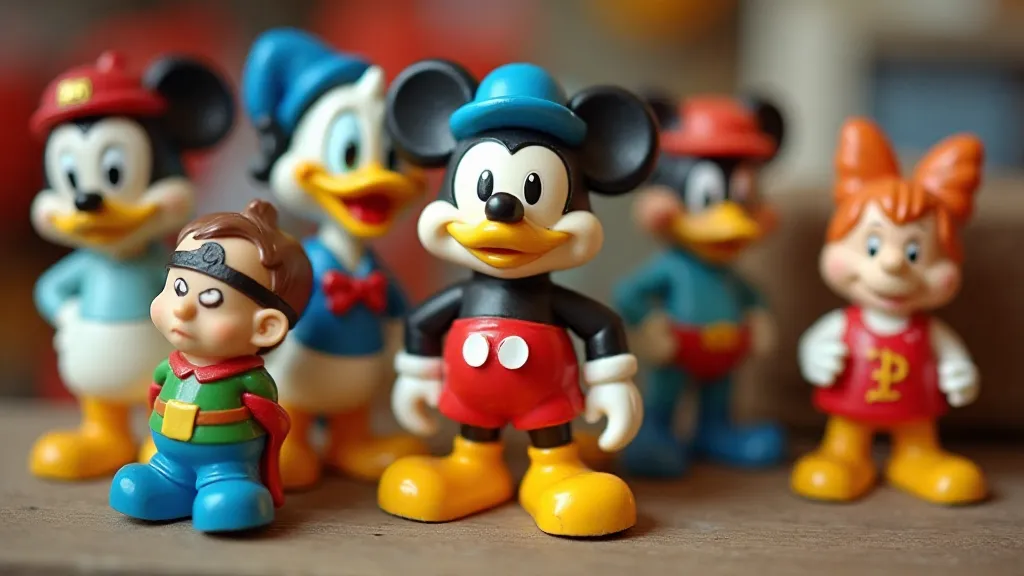
Materials, Markings & Identifying Age
Understanding the materials used and identifying age are vital for accurate assessment and valuation:
Rubber vs. Vinyl
Early novelty erasers were almost exclusively made from natural or synthetic rubber. Later, vinyl became a more common material. Rubber erasers are generally softer and more pliable, while vinyl erasers tend to be harder and less prone to crumbling. The smell can also be a clue; rubber erasers often have a distinctive, slightly earthy scent. The transition from simple, functional rubber blocks to elaborate, character-shaped erasers spurred innovation, and appreciating the eraser as art provides a richer understanding of this evolution.
Markings and Branding
Many vintage erasers bear markings on the base, including manufacturer's names, logos, and sometimes even copyright dates. These markings can be invaluable for identifying the manufacturer and determining the approximate age of the eraser. However, be aware that some markings can be faked or worn away over time.
Copyright Dates & Patents
Copyright dates are a direct indication of when the eraser was produced. Patents, while less common, can also provide valuable information about the eraser's design and origin. Erasers without any markings are generally less valuable, as their age and origin are difficult to determine.
Rarity & Valuation
Determining the value of a vintage novelty eraser is complex and depends on several factors:
- Rarity: The rarer the eraser, the higher its value. Limited-edition erasers or those featuring obscure characters are particularly sought after.
- Condition: Condition is paramount. Erasers in pristine condition, with original packaging (if available), command the highest prices.
- Demand: The current market demand for a particular type of eraser can fluctuate.
- Manufacturer: Erasers produced by well-known or highly regarded manufacturers often fetch higher prices.
- Material: Rubber erasers are typically more valuable than vinyl.
- Art Deco Influence: Erasers produced during the Art Deco period often exhibit unique design elements and craftsmanship that elevate their collectibility. Examining the art deco eraser provides insight into a distinct era of design.
Beyond these core factors, the presence of original packaging significantly boosts value. The meticulous attention to detail evident in some vintage erasers – the hand-painted features, the subtle variations in color – underscores their status as miniature works of art.
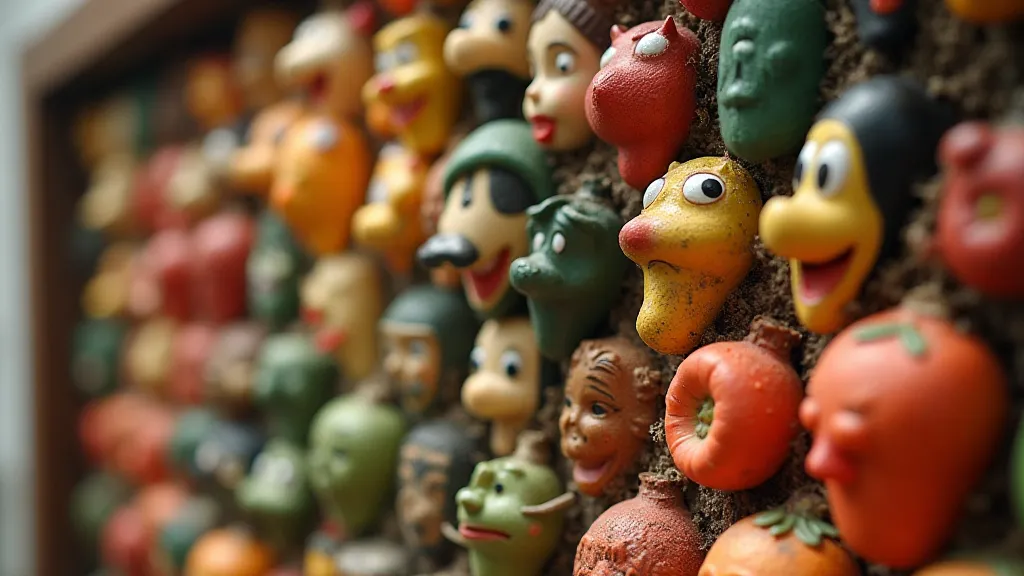
The Collector's Journey: Preserving a Piece of History
Collecting novelty erasers isn’t merely an acquisition of trinkets; it’s a preservation of history. Each eraser tells a story, reflecting the trends, interests, and manufacturing techniques of its time. From the humble beginnings of simple rubber blocks to the elaborate character designs of the mid-20th century, these collectibles offer a tangible connection to the past.
The search for rare and sought-after erasers can be a thrilling pursuit, requiring knowledge, patience, and a keen eye for detail. Online forums, antique shops, and flea markets are all potential hunting grounds. Building relationships with other collectors can also be invaluable, providing access to exclusive deals and insider knowledge.
Proper storage and handling are essential for preserving the value of a collection. Protecting erasers from sunlight, extreme temperatures, and humidity can prevent fading, cracking, and other forms of degradation. Acid-free storage boxes and archival-quality display cases are recommended.
Conclusion: A World of Whimsical Treasures
Collecting vintage novelty erasers offers a unique window into the past, blending childhood nostalgia with the thrill of the hunt. From playful clowns to beloved cartoon characters, these miniature treasures offer a glimpse into the cultural trends and manufacturing techniques of bygone eras. By understanding the nuances of materials, markings, and rarity, you can embark on your own exciting journey into the world of collectible stationery!
